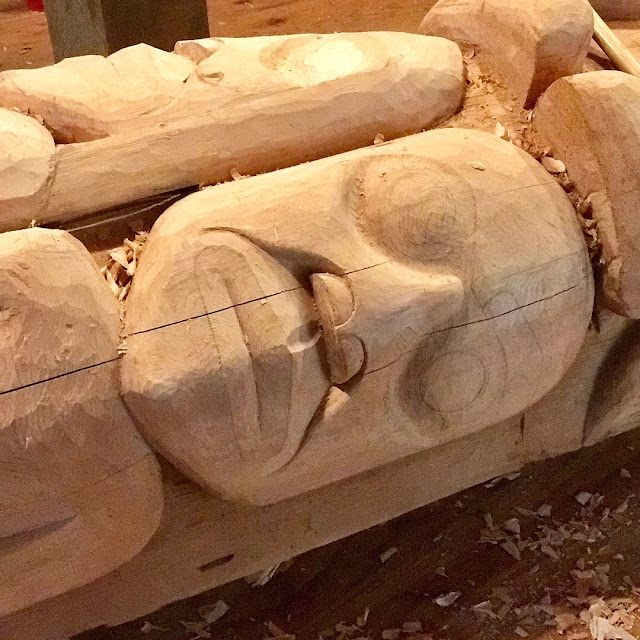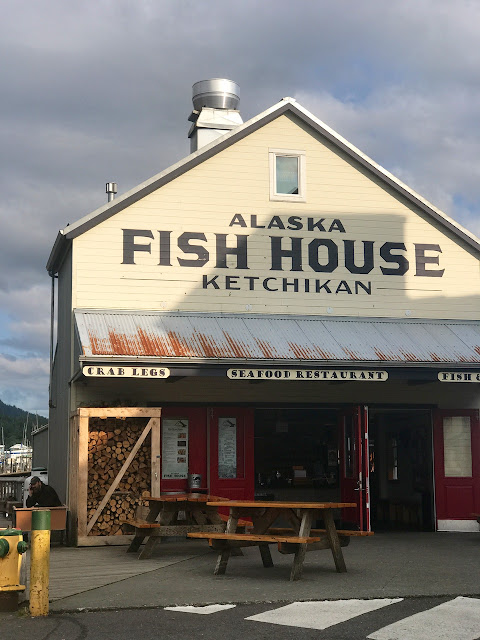What you see in a total eclipse is entirely different from what you know. It is especially different for those of us whose grasp of astronomy is so frail that, given a flashlight, a grapefruit, two oranges, and fifteen years, we still could not figure out which way to set the clocks for daylight saving time.
– Annie Dillard
Two years ago as we waited in line to enter Florence's magnificent Basilica di Santa Croce, we struck up a conversation with a high school science teacher from Germany. In addition to talking to us, he was simultaneously trying to keep a dozen Teutonic teenage boys in line, while in line. When he found out we were from Kentucky, he excitedly told us he was coming to Kentucky in two years to view an eclipse. He was quite emphatic that we not miss it. That's when we pulled up our calendars and reserved the date: August 21, 2017.
 |
| Girls ruling the galaxy! |
Twenty-three months later, we got around to placing an Amazon order for official viewing glasses and began to consider where we might travel to see this not-to-be-missed celestial event. We knew we wanted to be within the 70-mile-wide path of totality, but we weren't sure we wanted to be two among the 100,000 expected spectators at Eclipseville (aka Hopkinsville, KY).
With a bit of research combined with a bit of randomness, we chose as our destination Greenville, KY (population 3412), a small town just south of Central City, KY, my grandmother's home town.
We packed a lunch, a quilt, two folding chairs, a jug of water, binoculars, and a change of clothes. We left our driveway a little after 8 this morning for what was supposed to be a three-hour trip. I programmed our GPS, double checked our route on my ipad, triple checked it on my iphone.
We made two small adjustments to our route based on the glaring red traffic lines on Google Maps and drove straight there, without so much as a slowdown. We found the city park and were warmly greeted by the good folks of Greenville with a gift package that included – among other items – a Moon Pie, a Sun Drop soda, a mini-frisbee and some cardboard eclipse glasses. We set up our two chairs under hundred-year-old oak and maple trees and settled in to wait for the big event.

It was as old-fashioned an event as you can imagine. Families with small children and elderly relations spread out on blankets and played card games; snow cones, kettle corn, and t-shirts were sold at tabletop stands; a horse-drawn carriage promised a trip around the downtown square; the radio station from nearby Owensboro was broadcasting live from the hilltop overlooking the Muhlenberg County Courthouse. No protestors. No political signs. No unruly children. Just a couple hundred people gathered on a blue-skied summer's day wanting to experience this phenomena of nature.
To pass the time, we people watched
and ate our country ham salad sandwiches and shared our Plehn's Bakery eclipse cookies with the family beside us. We even helped celebrate Miss Ann's 92nd birthday.
 |
That's Miss Ann, sitting in the shade in the white shirt.
Her family brought cupcakes for all. |
And then, just before noon (CDT), the sky began to slowly grow dark. With our cardboard glasses on we watched the moon begin its journey across the disk of the sun. The temperature dropped a few degrees, or at least seemed to. The cicadas amped up their song. The street lights came on. The little girls began squealing.
I tried to focus on the sun, but I wanted to watch the people.
Focus, I told myself. When the moon was fully in front of the sun, blocking all but the star's corona, everyone whipped off their glasses and rejoiced with claps, hoots, and hollers. A ring of white light eerily shone from behind the dark sphere of the moon.
For the 103 seconds of totality, the air felt different; the sky was not totally dark, but rather a strange mix of colors; the crowd was filled with admiration. I found it all to be divinely disorienting. I was filled with wonder.
As the moon continued its progress through the sky, we put our glasses back on. Before the moon passed the sun on the left, people were packing up their baskets and backpacks, heading toward their cars. We did the same and headed north on the narrow country roads toward Owensboro and Old Hickory BBQ.
____________________
Usually it is a bit of a trick to keep your knowledge from blinding you. But during an eclipse it is easy. What you see is much more convincing than any wild-eyed theory you may know.
– Annie Dillard













































